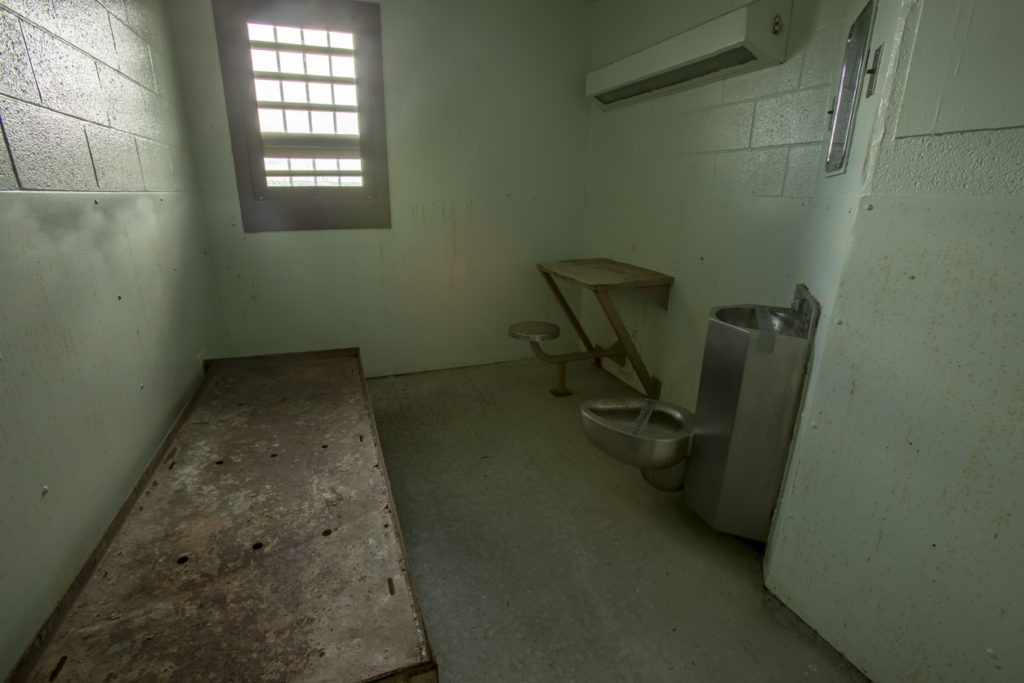Attorney in Texas – A Texas Jail is Non-Compliant on Suicide Prevention Training -Pt. 4

Although jurisdictions throughout the United States have banned the use of restraint chairs, the restraint devices have been approved for use in Texas by the Texas Commission on Jail Standards (TCJS). The following manufacturers’ warnings that are included with some restraint chairs provide a glimpse into the potential dangers of these restrictive restraint devices:
- Anyone who places and straps a person into the restraint chair should read the manufacturer’s instructions because a lack of understanding about the chair can result in death or serious injury.
- A restraint chair should never be used as a form of punishment.
- Take special precautions to ensure that restraints do not cut off a person’s circulation.
- Warning: Remove leg irons and handcuffs as soon as possible to prevent injury.
- Warning: To ensure that there is adequate blood flow, straps and belts may need to be loosened.
- The restraint chair must always be used in the upright position. A detainee may be seriously injured or could die if the chair is left on its back or side.
- A detainee should not be left in the restraint chair for more than 2 hours. This time period allows an individual to calm down or sober up. If additional time is needed so that the jailers can seek psychological or medical help, the 2-hour limit could be extended to a total of 10 hours. However, during this time, range of motion exercises must be routinely performed.
See Part 1, Part 2, and Part 3 of this four-part series.
This website’s posts are provided as helpful resources for prisoners detained in Texas county jails. There is at no time an intention to infer that individuals or institutions have been involved in misdeeds.
–Guest Contributor
